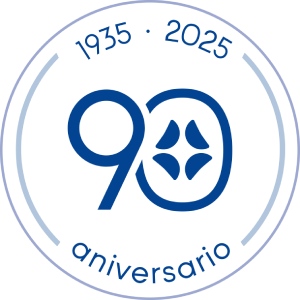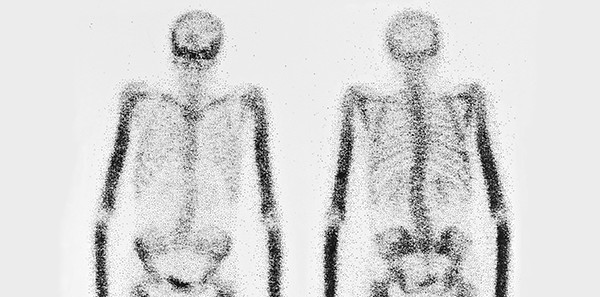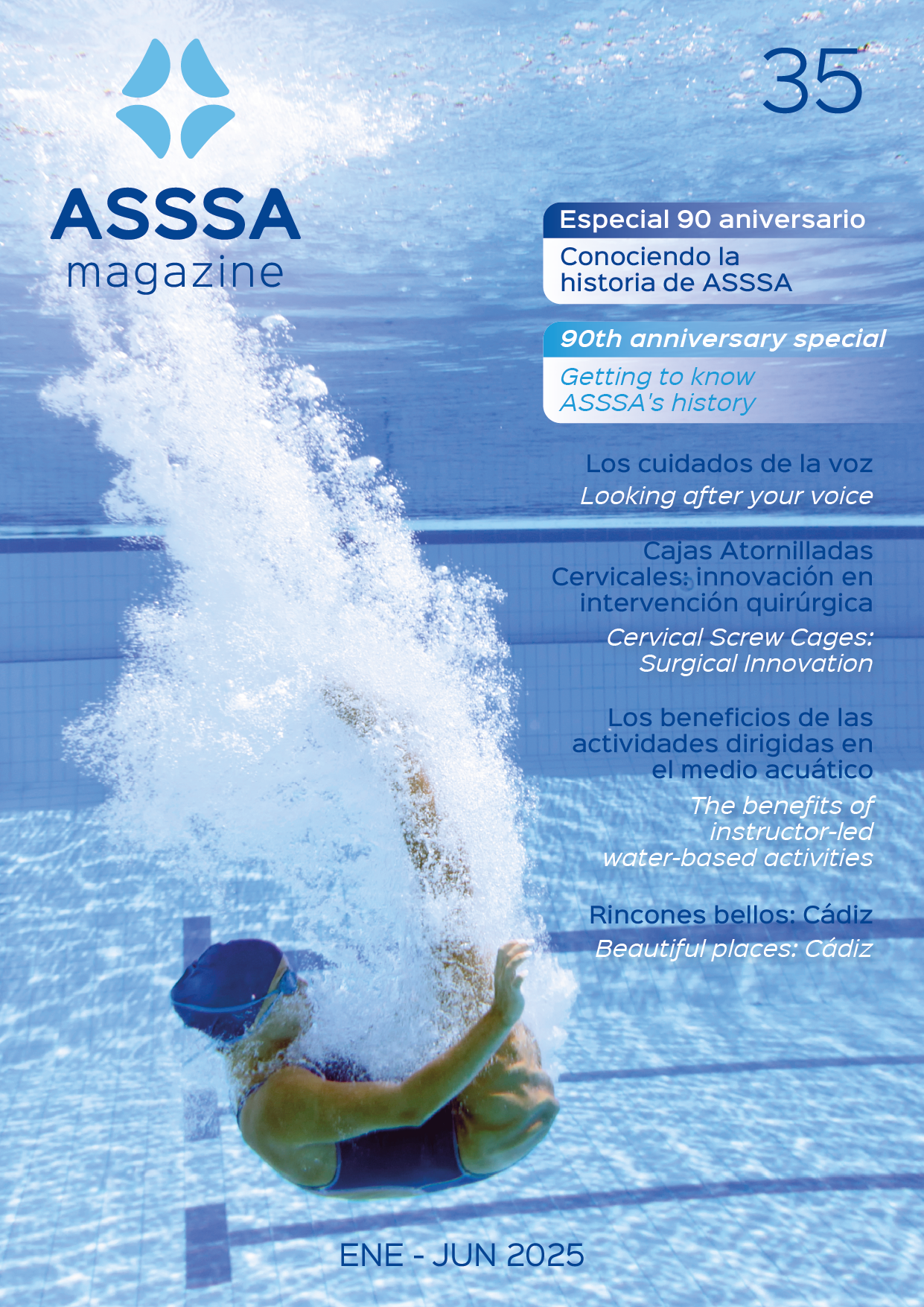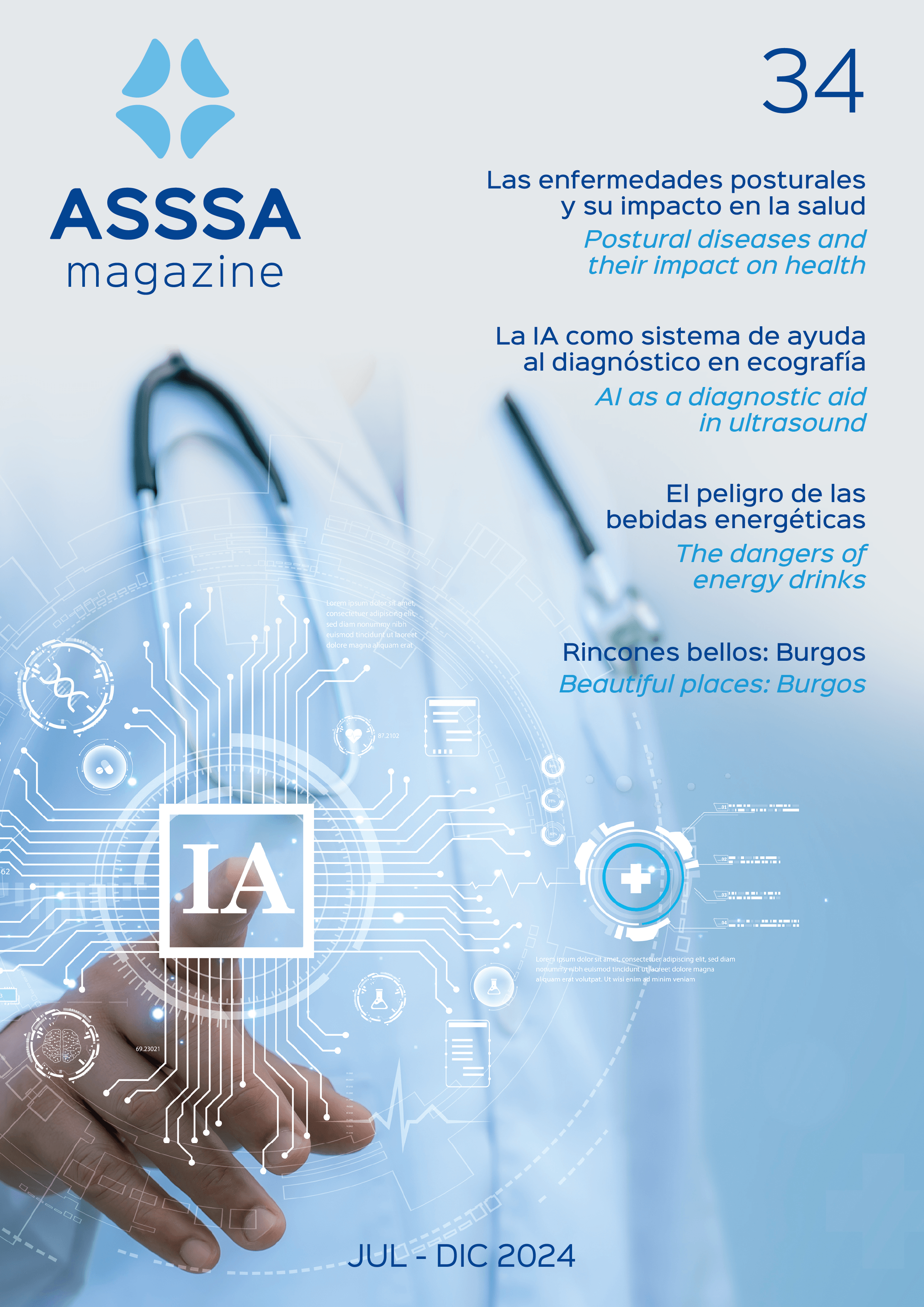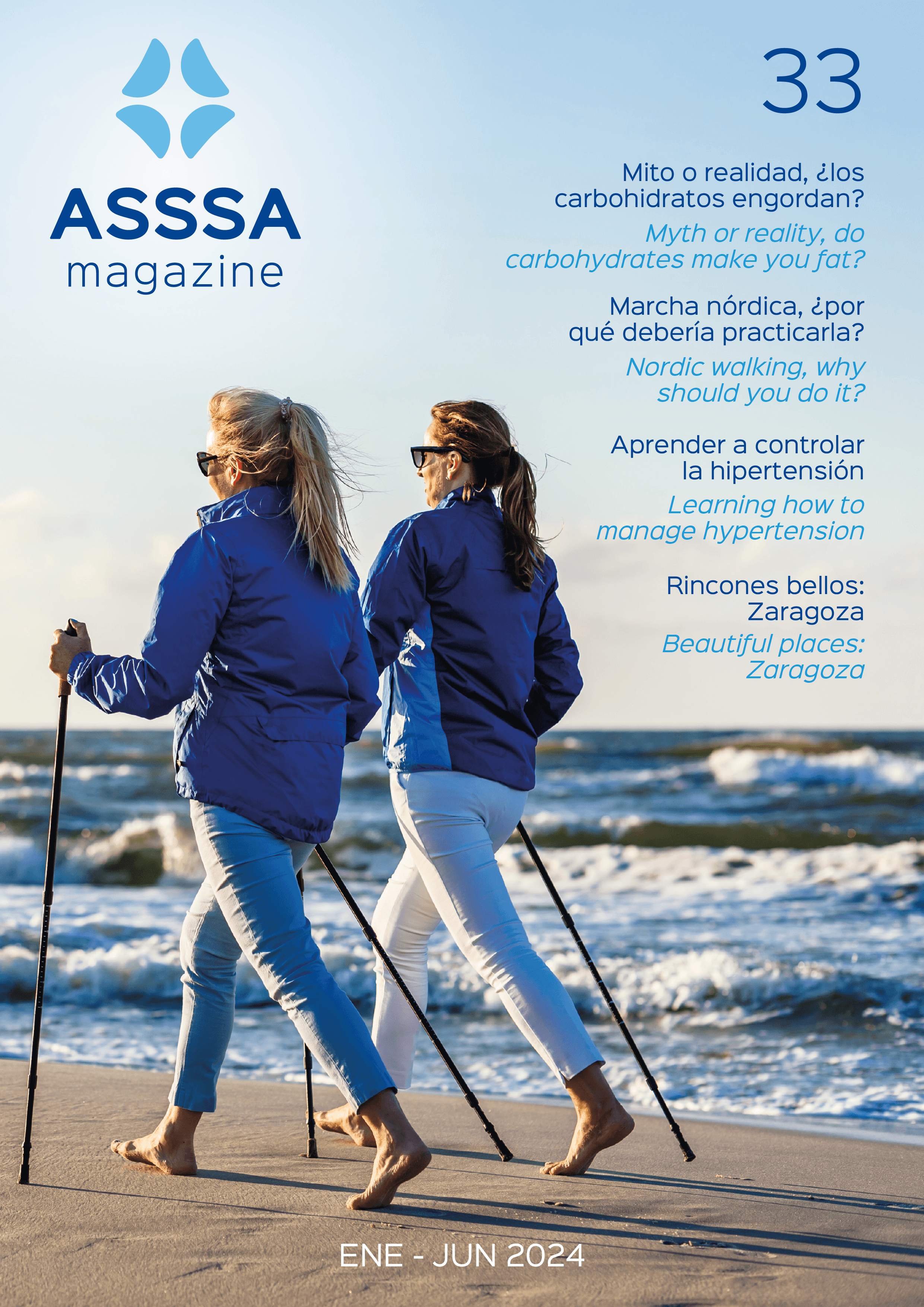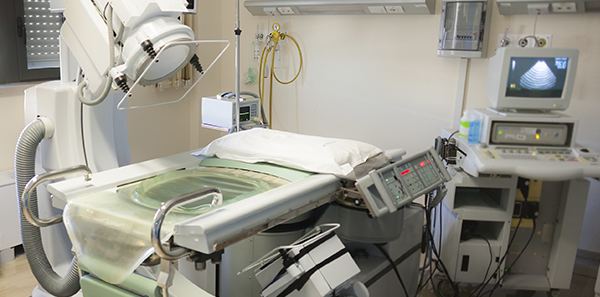
Kidney stones have been a nightmare for humans throughout history. Stones generally form in the kidney and, depending on their size, they can start to travel along the tube linking the kidneys with the bladder, the urethra. Expelling a stone is what causes the pain in a nephritic or renal colic and although most stones are expelled naturally, when a stone gets stuck it can result in the loss of the kidney or even cause life-threatening complications.
The techniques for extracting stones from the urinary tract by surgery were developed more than 100 years ago. This was a great progress but involved making large abdominal incisions. Over the last 30 years, alternative techniques to this open surgery have been appearing. These procedures are less aggressive, but they should not be seen as magical, as the stones do not dissolve or evaporate. With any modern technique, the stones are broken up and the fragments have to be expelled or extracted one by one.
The popular “bathtub” treatment refers to extracorporeal shock wave lithotripsy (ESWL). At first, patients were actually immersed in a bathtub in which the water acted as a conductor for the vibratory energy of the shockwaves. Nowadays the bathtub has been replaced by a cushion filled with conducting liquid. The vibratory energy breaks the stone down and its fragments have to come out of the urethra, possibly causing a renal colic.
Techniques for accessing the kidney directly have also been developed. They consist of inserting a tube that penetrates the skin in the lower back region, through the muscles and the kidney until it reaches the urinary tract. A tiny camera can then be inserted, enabling the surgeon to see the process of breaking up the stone and extracting the fragments. The stone may be broken up by pneumatic energy, ultrasound or laser.
Lastly, endoscopic techniques are also available. These techniques consist of inserting an endoscope into the bladder and the urethra and moving upwards towards the kidney along the urinary tract. These techniques enable the stone to be pinpointed and broken up in situ and the fragments extracted. However, they do have a limitation in terms of the size of stones they can treat.
No one technique is better than the others. And no technique is exempt from possible complications. The technique to be used is chosen depending on the nature of the stone and each individual patient.
After suffering from one stone there is a very high chance of having others, a 60% risk over the next five years. Patients are advised to undergo a metabolic study to prevent kidney stones recurring in the future.
Dr. Manuel Sánchez Marcos – Specialist Urology Consultant. Vistahermosa Clinic in Alicante
The information published in this media neither substitutes nor complements in any way the direct supervision of a doctor, his diagnosis or the treatment that he may prescribe. It should also not be used for self-diagnosis.
The exclusive responsibility for the use of this service lies with the reader.
ASSSA advises you to always consult your doctor about any issue concerning your health.

